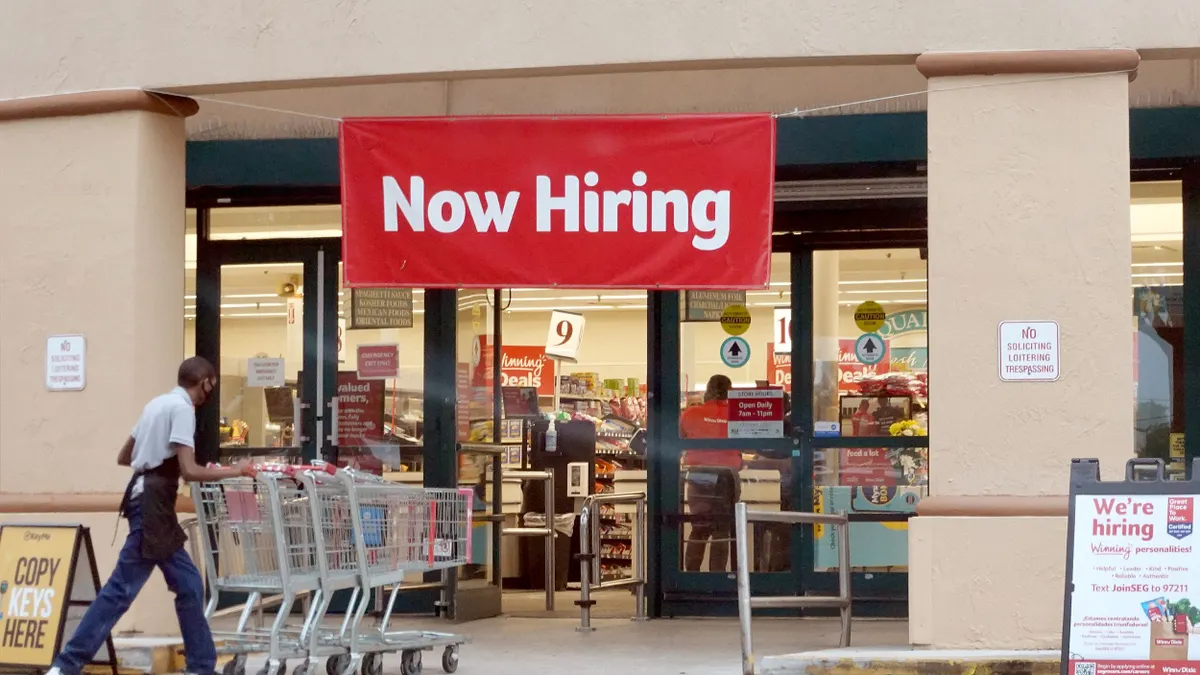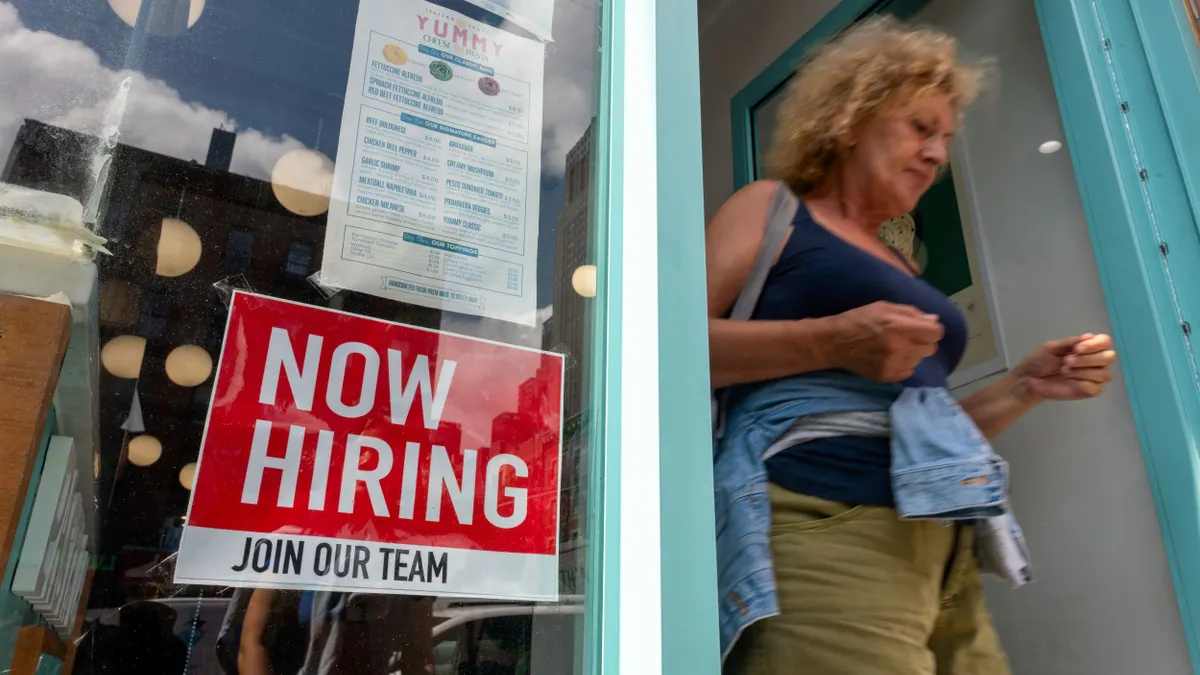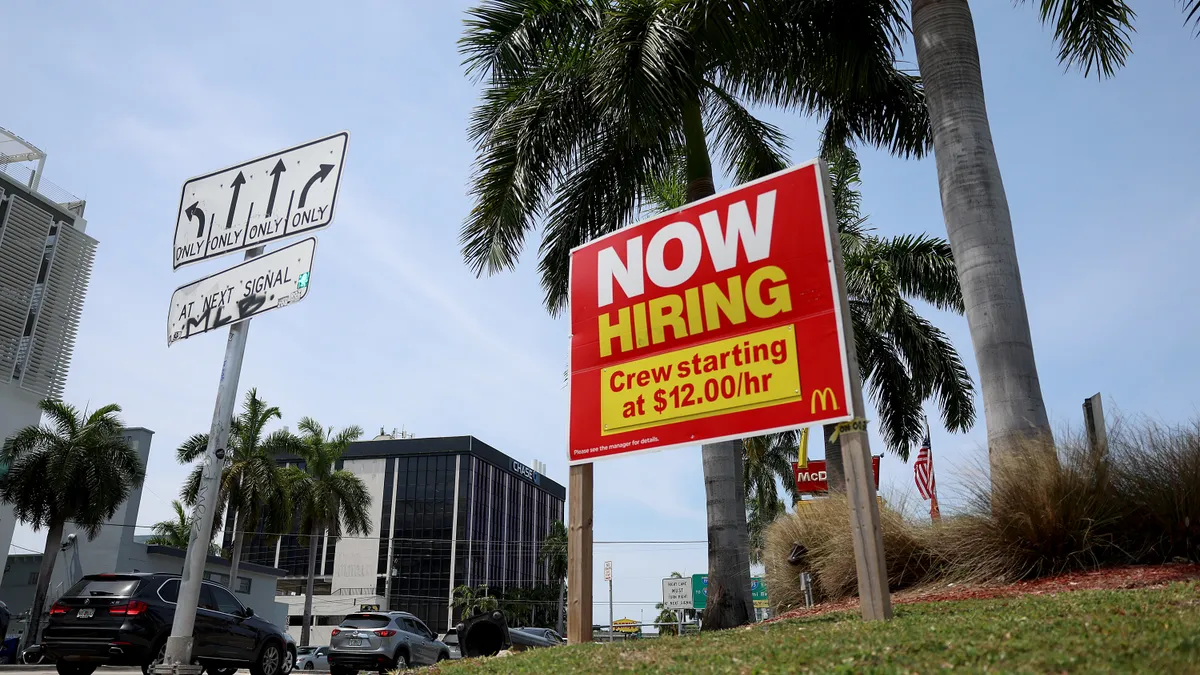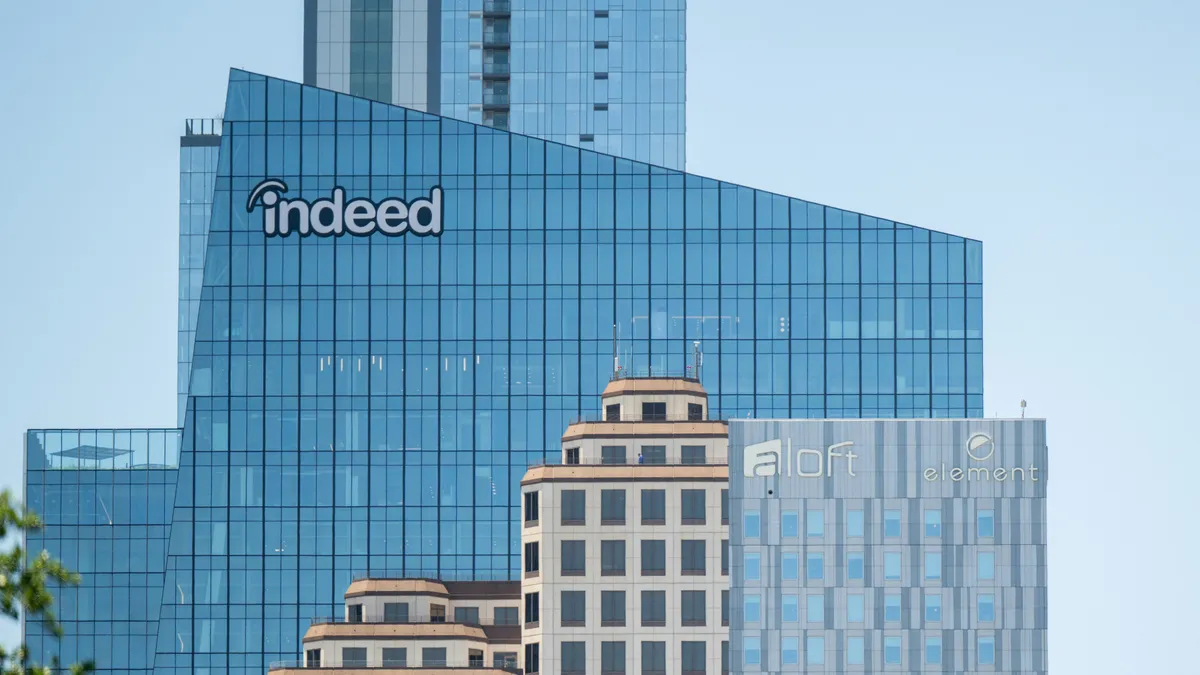Laura Fuentes, executive vice president and chief human resources officer at Hilton, has a big job on her hands: She oversees more than 400,000 employees at more than 7,000 properties in more than 120 countries, representing more than 18 brands. Moreover, her industry — hospitality — went through some of the biggest shifts during the pandemic.
Fuentes spoke Dec. 8 at the U.S. Chamber of Commerce’s Talent Forward virtual event, sharing how the company continues to score high on Fortune and Great Place to Work’s list of the best companies to work for, and how it came through the pandemic stronger.
Revealing character through crisis
With stay-at-home orders and travel restrictions emerging globally immediately after the World Health Organization declared COVID-19 a worldwide pandemic on March 11, 2020, the hospitality industry was hit hard. In a January 2021 report, the American Hotel and Lodging Association found that more than 670,000 hotel jobs were lost due to the pandemic — and that the industry won’t recover to 2019 levels until 2023 or later.
Hilton and its brands, which include Embassy Suites, Hampton Inn and Waldorf Astoria, were no exception. Leadership had to halt the corporate “recruiting engine,” which was pulling in more than 60,000 hires annually, Fuentes said. Like many other hotels, it also had to lay off and furlough employees.
Though the situation was demoralizing, Fuentes pointed to a common saying: “Crisis doesn't build character; it reveals it.” For Hilton, “This was a moment to lean into our values,” she said. The company donated 1 million hotel rooms to COVID-19 first responders and shifted its recruiting team’s efforts to try to place team members at other companies that were experiencing hiring surges.
“That values-led approach, I think, transcends any crisis and continues to define our talent strategy today,” Fuentes said. She referenced founder Conrad Hilton’s goal in starting the business. “He started this company on the noble premise … that travel could contribute to world peace and that Hilton was going to fill the earth with the light and warmth of hospitality.”
From the HR perspective, Fuentes said, “We think of this as a holy mission … to connect these 400,000 people, to inspire them to do great things for our guests and in service of our communities.”
Improving recruiting, from strategy to experience
After weathering the worst of the pandemic, Hilton needed to turn its recruiting engine back on. In doing so, it first had to build awareness. “We have launched this summer and are working towards an even broader employer-branding campaign so that we can tell the world that we're back in business, we’re hiring and we're a great place to work,” Fuentes said.
The company also has looked into hiring methods that better meet applicants’ needs and broaden the pipeline of hires. Hilton has scaled up same-day career fairs, through which applicants interview on-site, receive an immediate offer and can begin working the next day. That strategy has been a big success at most of the largest hotels, Fuentes said.
Hilton has also invested in “second chance” hiring, and has looked at how to hire and support refugees, how to reintegrate previously retired workers, and how to bring in disadvantaged youth, Fuentes said. “We’ve started this focus with new pathways for talent, which has been really successful and modeled after the work that we did years ago and continue to do in the military space.”
Beyond hiring, Hilton has paid close attention to employees’ experience in the first 90 days of work, when turnover tends to be highest. “We want to make sure that we’re actually quickly creating communities of care,” Fuentes said. Hilton assigns mentorship buddies, ensuring someone works closely with new employees to help them learn the skills required and to help them integrate into the culture.
Like many companies during the talent shortage, Hilton has also increased its rate of internal hiring. “We’ve seen a huge increase in senior-most positions or directors and above around the world being filled internally compared to 2019,” Fuentes said. “So I think that number has jumped from … we were in the 30th percentile to over 55% of our director-and-above roles being filled internally.”
Learning that serves employees
Finally, Fuentes spoke about the ways Hilton invests in workers’ learning — to help them meet not only the company’s goals, but their own career goals. The bedrock of the company’s learning strategy is Hilton University. “We have millions of classes here, people logging in from all around the world to learn the basics of hospitality, specific skills to their job, to continue to plug in and drive some of the leadership development,” Fuentes said.
Hilton also uses “talent accelerator” programs — leadership development programs that employees at every stage of their career can access. Through the programs, company executives act as faculty, and external providers are brought in to teach aspects of leadership, including wellness, sustainability and inclusion. “We allow all of our participants to sort of lean in and be co-designers of those programs,” Fuentes said.
More recently, Hilton has partnered with Guild Education, which helps employees further their own educational goals. “This is a debt-free way of allowing team members to access that high school diploma they never completed or college education credits they may not know they have access to,” Fuentes said. “So we're seeing some really great pickup there and great career coaching that comes as a result of that.”
Fuentes credits these individualized approaches to recruiting and development as the reason for Hilton’s strong reputation as an employer. “From an HR and talent perspective, it is making sure that the expectant mother has the lead and the support that she needs; that that front-line hourly worker has flexibility, even though they may need to come to work in person … and that, importantly, everyone can reach their full human potential,” Fuentes said.






















